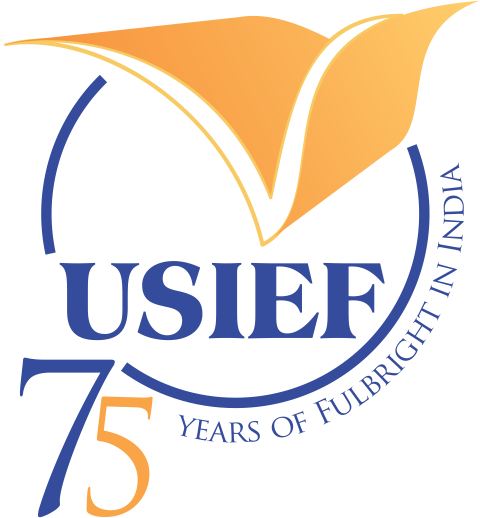As an aspiring museum professional, Ms. Addie McKnight completed a Bachelor in Art History (2014) and an Master in Folklore & Ethnomusicology (2020) at Indiana University-Bloomington with interests in material culture and Tibetan Studies. Through a passion for honoring arts and cultures from around the world, Ms. McKnight has dedicated herself to working in museum spaces with a focus on critical engagement with ethnographic collections and institutional legacies. From a young age, Ms. McKnight felt a personal connection to both the aesthetic and philosophical sensibilities of Tibetan Buddhism. Her academic and professional goals are centered on the representation of Tibetan culture within United States museums. She has studied Tibetan language for the past five years through institutions across three different countries: Indiana University and the American Institute of Indian Studies in the United States, Rangjung Yeshe in Nepal, and the Library of Tibetan Works and Archives in Dharamshala, India. Ms. McKnight’s experience in museums include research assistantships at Indiana University’s Mathers Museum of World Cultures, an internship at the Himalayan-focused Rubin Museum of Art in New York City, and participation in the Smithsonian Institution’s 2019 Summer Institute in Museum Anthropology (SIMA). Taken together, these experiences have informed her approach to conducting research, communicating with culture-bearers, and facilitating educational experiences within representational spaces.
Through her Fulbright-Nehru research, Ms. McKnight aims to understand how Tibetan artists and arts administrators in Dharamshala, India, present and promote cohesive visions of Tibetan culture and tradition to both Tibetan and other audiences. By conducting interviews, participant observation, and documenting organizational practices at the Norbulingka Institute, Ms. McKnight aims to create a portfolio of educational and curatorial materials to bring to future work in US museums. These materials will help US museums represent their Tibetan collections in ways that address the history, politics, and contemporary practices of Tibetan people.

